The biggest moon in the solar system harbors a salty ocean beneath its frozen surface, according to a study that examined the moon's flickering auroras to probe its interior.
A number of worlds in our solar system are thought to have oceans. But this is the first clear-cut data of its kind to suggest that a sea lies hidden under the icy shell of Jupiter's moon Ganymede, which is 50% bigger than our own moon. Scientific models predicted an ocean on Ganymede, and when NASA's Galileo spacecraft visited Ganymede in the 1990s, it collected data that hinted at an ocean. But new images from the Hubble Space Telescope offer strong confirmation of a liquid body of water inside Ganymede, scientists say.
Galileo's observations "provide inconclusive evidence for the ocean," says study co-author Joachim Saur of the University of Cologne. "The Hubble data require an ocean."
Finding an ocean on a celestial body hundreds of millions of miles from Earth is no easy feat. Saur and his team turned to the space-going Hubble, which trained its keen eyes on Ganymede in 2010 and again in 2011. The Hubble focused on Ganymede's two auroras, shimmering patterns in the sky similar to the earthly phenomenon known as the Northern Lights. A person standing on Ganymede's surface and looking up would see a red glow, Saur says.
Ganymede has two auroras, one around its north pole and one around its south pole, both created in part by the moon's own magnetic field. These auroras don't stay fixed in place. Instead, they wander slightly across Ganymede's face. With the help of supercomputers, the scientists calculated how much Ganymede's auroras would shift if the moon had a salty sea. A layer of salty water could carry electrical current, generating another magnetic field that would affect the auroras.
The researchers found that the aurora shift witnessed by Hubble nicely matched the prediction of what should happen if Ganymede has an ocean. Just as importantly, the Hubble data did not match the prediction for an ocean-less Ganymede, the scientists reported online last month in the Journal of Geophysical Research.
Ganymede's ocean is sandwiched between two layers of ice. That's not particularly hospitable to life, says planetary scientist William McKinnon of Washington University in St. Louis, who didn't work on the new study. But Saur says it's still possible that Ganymede's waters are habitable.
Other scientists praise the study for revealing important new evidence about Ganymede's hidden interior.
Previous evidence of an ocean on the gigantic moon was "somewhat ambiguous," University of California-Santa Cruz planetary scientist Francis Nimmo, who was not part of the study, says via e-mail. "So this study is ... nice in that it provides independent confirmation of a subsurface ocean on Ganymede."
The new findings are "very significant," McKinnon agrees, though he thinks they're not "air-tight. … What we need to do is go back to Ganymede and take measurements on site."
Fortunately for Ganymede partisans, the European Space Agency is planning to launch a spacecraft in 2022 to explore this supermoon and its neighbors. Saur says he welcomes the mission as a chance to confirm his study's findings, which he calls "solid science" but based on an "indirect method."
A solar-system sea is "really only 100% certain," he says, when "you have a finger in the water."

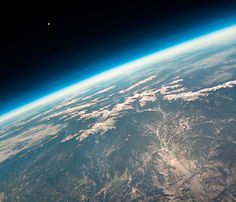



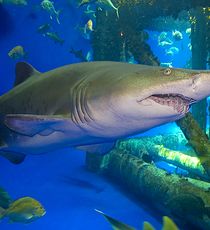















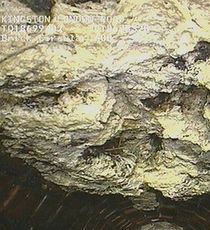



































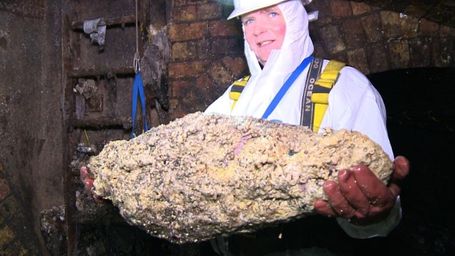



















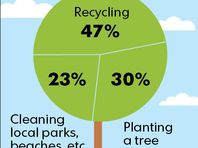









Join the Nation's Conversation
To find out more about Facebook commenting please read the Conversation Guidelines and FAQs